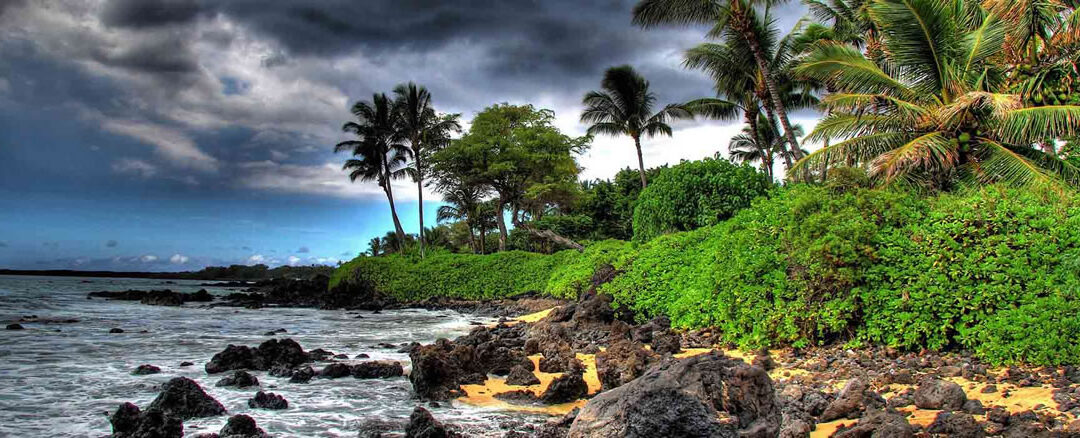Maui
The history of Maui is complicated and punctuated by myth and legend. Tahiti migrants, Hawaiian kings and European explorers have all input, to develop a rich and well established culture that has developed over a 500 year period.
Origins
The name ‘Maui’ is said to originate from the legend of Hawai’iola, who purportedly discovered the Hawaiian Islands several hundred years before they were colonized in the 18th Century. Legend dictates that Hawai’iola named the island after his son, Maui, who himself was named after the demigod, Māui.
Folklore such as this is well routed in Hawaiian culture, thanks to its tradition of oral history. Polynesian narrative continues to be told to this day and was originally the only source of knowledge regarding Maui’s origins.
Of documented fact, it is known that King Kamehameha I of the Big Island attempted a coup of Maui in the mid-18th Century. His attempt was thwarted by internal ructions, but he eventually concurred the ruling Polynesians – believe to have migrated from the Pacific Ocean’s Tahiti – in 1793.
European Influence
Chronologically, the history of Maui is well documented thanks to the influx of trade and exploration in the area in the 18th and 19th Centuries.
Referred to as Ihikapalaumaewa and the Valley Isle by various visitors, Maui was first officially sighted in 1778 by British explorer, Captain James Cook. However Cook was unable to dock on the island, and so French navigator Jean-François de La Pérouse became the first European to set foot on Maui on 29th May 1786.
Development
This new European influence ran concurrently with several significant native Hawaiian events, including the Battle of Kepaniwai, led by King Kamehameha I, in 1790. It is believed the political and social instability of the Hawaiian Islands at the time catalysed the effects of the European influenced; leading to an influx of missionaries and the cementation of Hawaiian culture on paper records for the first time.
This socio-political spike led to the development of several key establishments on Maui. Notably schools and Churches were built, including the Lahainaluna Mission School in 1831.
Natural History
Maui also has a rich history because of thriving ecological system: the hunchback whales that migrate to the nearby Au’au Channel in winter first attracted whalers in the 19th Century, leading to the development of a major whaling hub around the Lahaina Roads channel. This trade continued to bring hundreds of visitors to the island into the 20th Century, when whale oil was finally replaced by the more popular petrol.
This increase in trade and consequently tourism has effected the large coral garden that surrounds the coast of Maui. An increase in traffic has seen the gradual decline of seabed wildlife over a 300 year period, while the native hawksbill turtle – which reaches maturity at 30 to 35 years of age – is now considered to be an endangered species because of the effect this has had on the local ecology.
Establishing a Government
With an increase in whaling and trade traffic came the inevitable: in the 19th Century, drinking and prostitution took hold of the Maui ports despite the missionaries’ best attempts to thwart the behaviour.
This social instability coincided with political uncertainty. The last descendants of Kamehameha ruled until 1872, when several short lived reigns – including that of Queen Liliuokalani – were eventually put to bed by the formation of the Republic of Hawaii in 1899 by the United States of America. It was officially made a territory in 1900, and a state in 1959.
In the 20th and 21st Centuries, Mauri has become best known for its tourism trade. An estimated 2,000,000 people visit the island every year, though this number has dipped in recent years because of economic recession and the bankruptcies of several key airlines.

